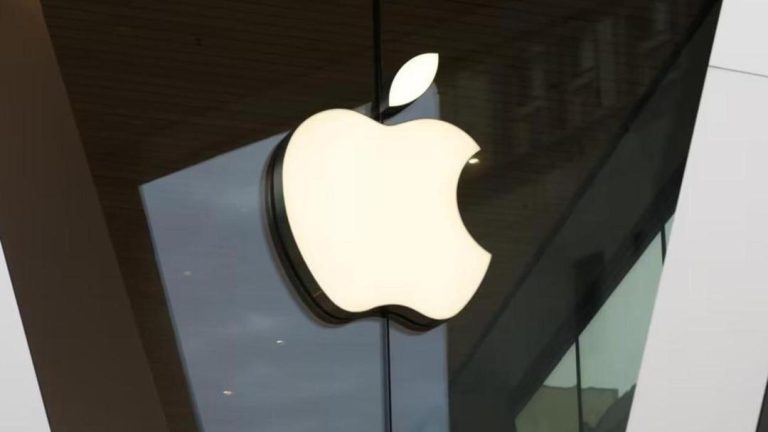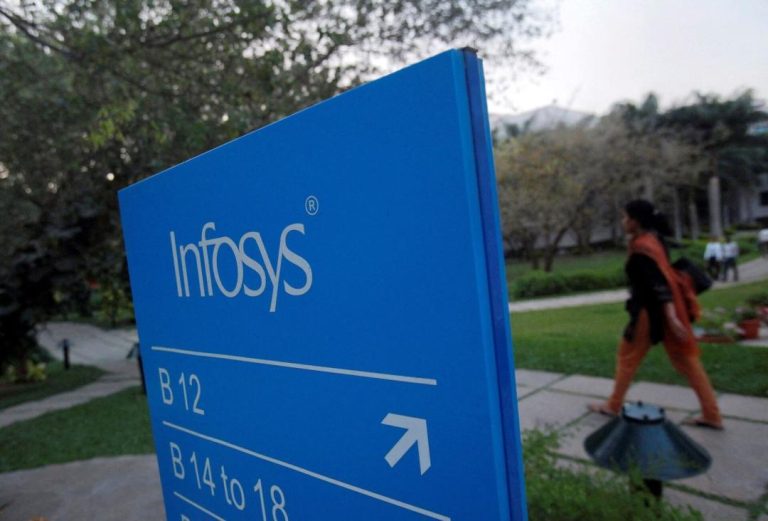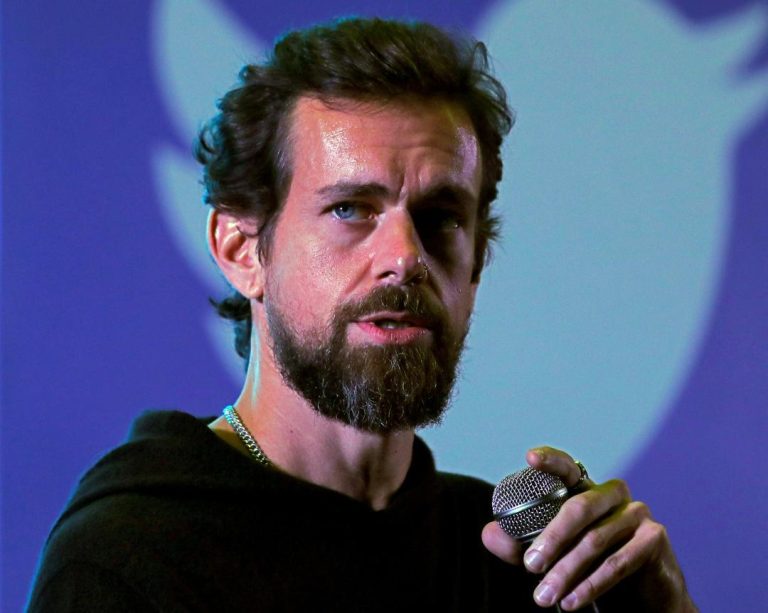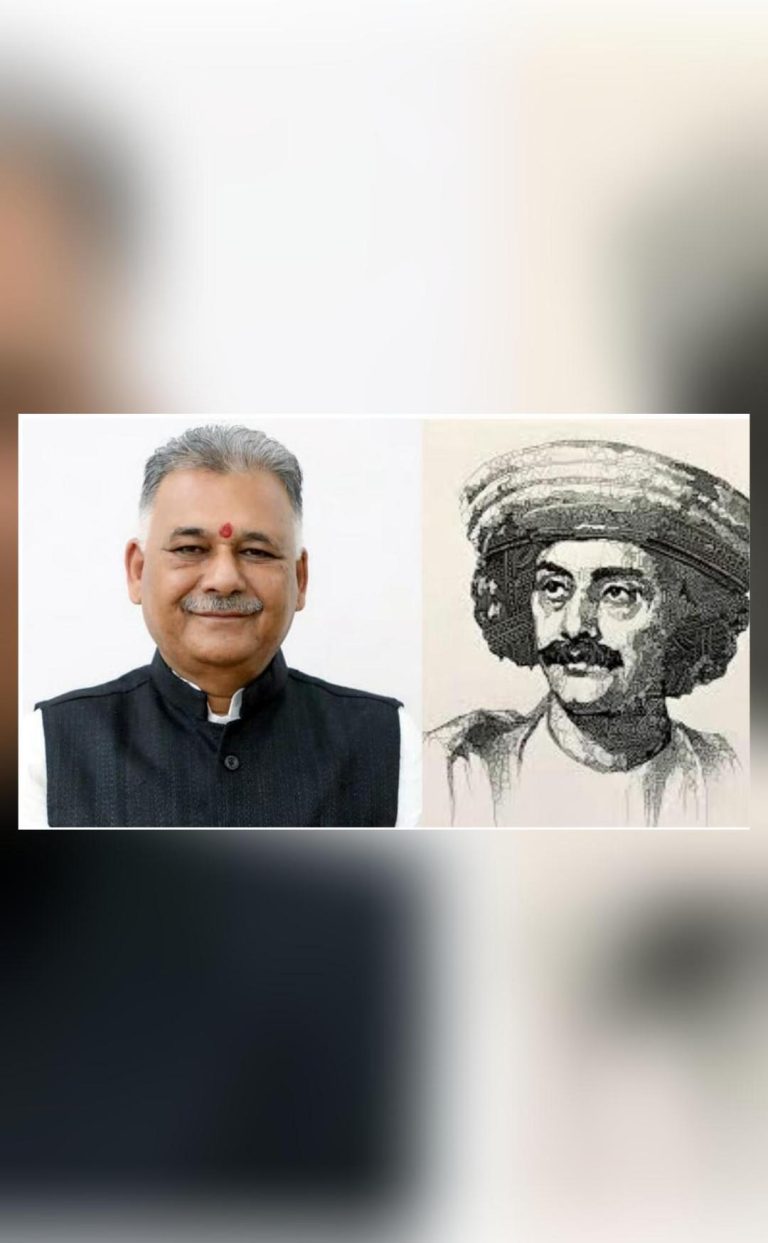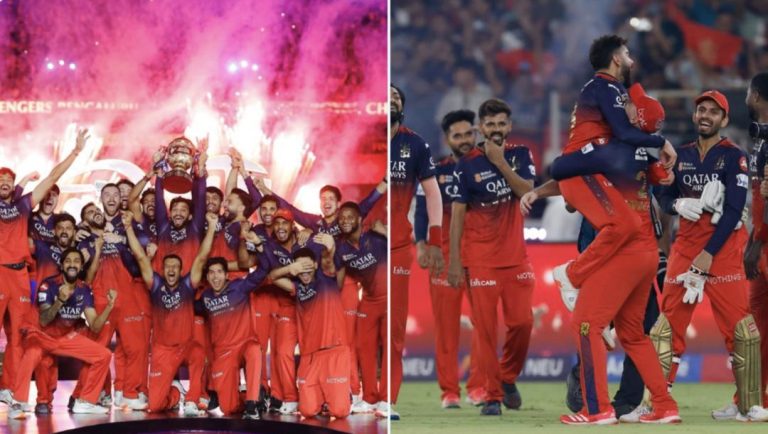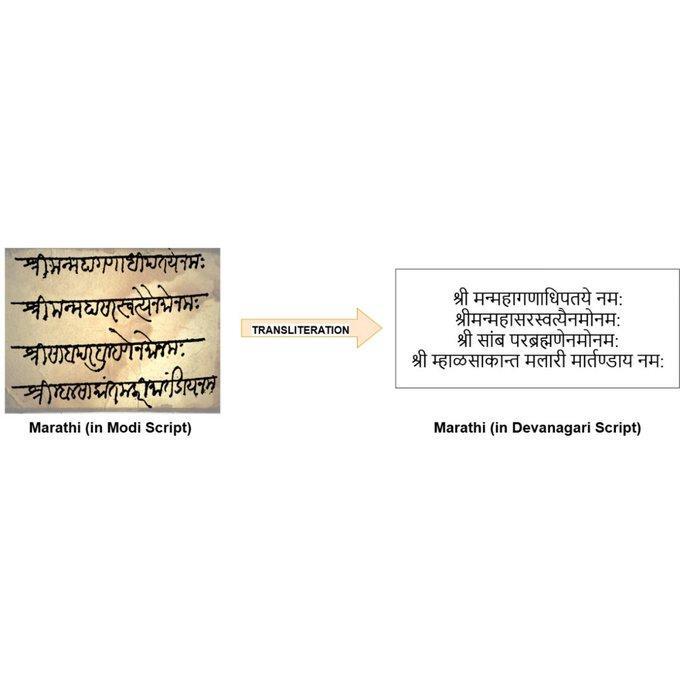
IIT Roorkee develops first-ever AI model to transliterate Modi script into Devanagari
In a groundbreaking achievement, the Indian Institute of Technology (IIT) Roorkee has developed the world’s first AI model to transliterate the historic Modi script into Devanagari script. The model, named MoScNet, is a significant step towards preserving medieval manuscripts and supporting large-scale digitization. The development of this AI model is a testament to the innovative spirit of IIT Roorkee and its commitment to harnessing technology for the betterment of society.
The Modi script, also known as Modi lipi, is an ancient script that was used in India from the 12th to the 19th century. It was primarily used for writing in the Gujarati, Marathi, and Hindi languages. However, with the advent of modern scripts, the Modi script fell out of use and many of its manuscripts were lost or damaged over time. The development of the MoScNet AI model is a crucial step towards preserving this cultural heritage and making it accessible to future generations.
MoScNet is a deep learning-based model that uses a combination of artificial intelligence and machine learning algorithms to transliterate the Modi script into Devanagari script. The model has been trained on a large dataset of Modi script manuscripts and is capable of accurately transliterating the script with high precision. The model can be used to digitize medieval manuscripts, making them available to scholars and researchers around the world.
The development of MoScNet is a collaborative effort between researchers at IIT Roorkee and experts in the field of ancient scripts. The team used a combination of computer vision and machine learning techniques to develop the model. Computer vision algorithms were used to identify and extract the Modi script characters from the manuscripts, while machine learning algorithms were used to train the model to transliterate the script.
“The development of MoScNet is a significant achievement for IIT Roorkee and demonstrates the institute’s commitment to harnessing technology for the betterment of society,” said the Director of IIT Roorkee. “This work shows how we can harness the power of AI not just for automation, but to revive our cultural heritage. We believe that this technology will have far-reaching implications for the preservation and study of ancient manuscripts and scripts.”
The MoScNet model has several applications in the field of ancient scripts. It can be used to digitize medieval manuscripts, making them available to scholars and researchers around the world. It can also be used to create digital versions of ancient texts, which can be used for educational purposes. Additionally, the model can be used to develop new fonts and typography for ancient scripts, making it easier to read and write in these scripts.
The development of MoScNet is a significant step towards preserving India’s cultural heritage and making it accessible to future generations. The model has the potential to revolutionize the field of ancient scripts and manuscripts, and we can expect to see many more innovative applications of this technology in the future.
In conclusion, the development of MoScNet by IIT Roorkee is a significant achievement that demonstrates the institute’s commitment to harnessing technology for the betterment of society. The model has the potential to revolutionize the field of ancient scripts and manuscripts, and we can expect to see many more innovative applications of this technology in the future.
News Source:
